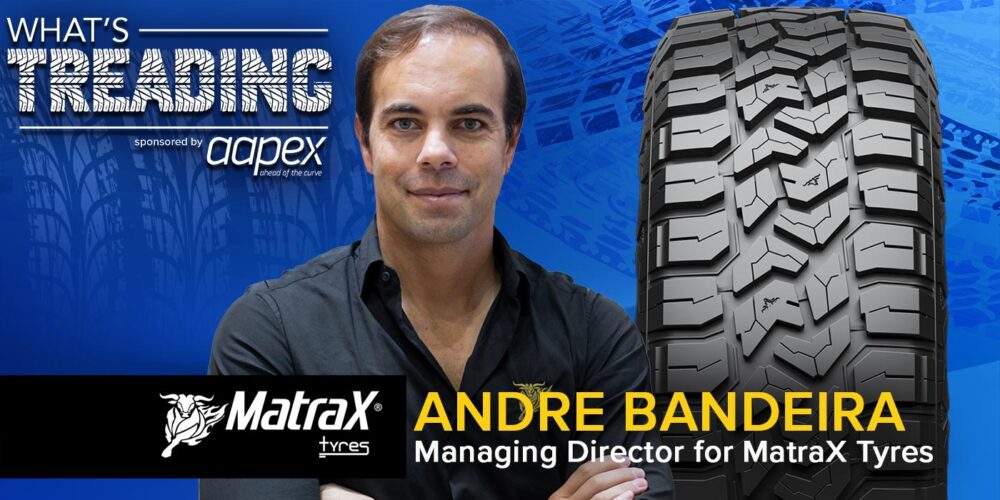Tire rotations involve periodically changing the position of each tire on your vehicle, and are essential for maintaining the longevity and performance of your tires. It’s an age-old practice that helps to extend the life of your customer’s tires, improve fuel efficiency, and maintain proper vehicle handling. Typically, tires should be rotated every 6,000 to 8,000 miles, or as recommended by the vehicle manufacturer.
But what about that nice, shiny spare tire in the back? Do you need to include a full-size spare in the rotation process? After all, a full-size spare is a complete, fully functional tire that matches the size and specifications of the other tires on the vehicle. We talk more about that in this Tire Review Continental Tire Garage Studio video.
Well, you’re going to hear differing opinions on this one, but there are some primary advantages to including the spare in the rotation. One of the primary advantages is the ability to maintain consistent tread wear across all five tires. By rotating the spare in, you ensure that all tires are subjected to similar road conditions and wear patterns, which can help maximize their lifespan.
Additionally, including the spare in the rotation process allows you to familiarize yourself with its condition and performance, ensuring that it is road-ready and in good shape in case the driver should need it in the event of a tire failure. Plus, including the spare in the rotation cycle can help you identify any abnormal wear patterns or alignment issues, allowing for timely maintenance and alignment adjustments. And that’s another opportunity to get some face time with your customer.
The most common rotation pattern for vehicles with a full-size spare is called “the five-tire rotation,” which involves moving the rear tires to the front axle, one of the front tires to the opposite side of the rear axle, and the spare to the original position of one of the rear tires. But, of course, consult the vehicle owner’s manual to determine the specific rotation pattern and frequency that best suits your customer’s vehicle and driving habits.
Don’t discount these benefits, but there’s another side of the coin here, too. We’ll have those for you in our next episode. Then, you can decide for yourself what the best choice is for your customer.
Don’t forget to follow us on Instagram and Facebook and subscribe to our YouTube channel for more tire, service and shop operations videos.













